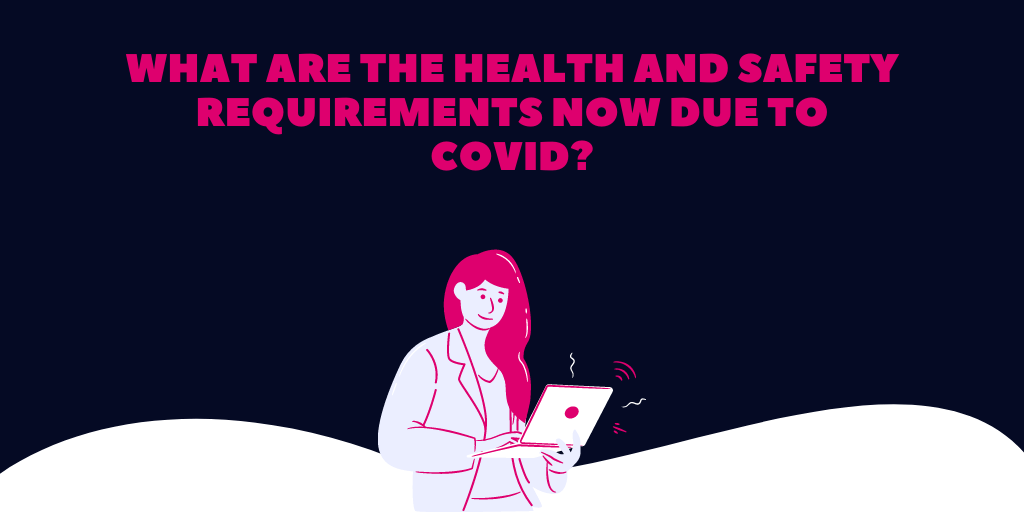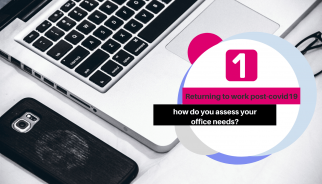In the short-term, it seems likely that many of us will remain working from home even after government orders to do so are lifted. Why? Because businesses have either found that remote working seems to be working favourably for them or they don’t know how to return to work safely. To answer the three most frequently asked questions from business owners today, here’s a quick guide to help.

As businesses are slowly given the green light to return to work, business owners have a few options in front of them for how to move forward. Research shows that organisations have favoured one of these three below:
- Continue to work remotely and sublet their office space – don’t forget to check vital clauses in your rental agreement to see if this is an option for you.
- Using a blend of working from, team days, and hot-desking – this strategy has the benefits of both remote working and being in the office. Many businesses have been able to reduce their office space with this method.
- Phased approach to transition back to office work – this involves staggering the workforce where smaller groups or departments come in on alternate days until it’s safe for everyone to return.
To work out which is the best option for you, you need to consider who needs to be at the office the most. Many organisations have found that capping staff numbers off at about 30% is the social distancing sweet spot.

Business owners are reconsidering whether they need as much office space now that so many people are working from home. This is a smart question because miscalculations when it comes to space, even minor ones, can have a huge impact, especially when it comes to finances. Here’s some guidance to help you:
How do you calculate desk space?
As a rough estimate, you should allow 250 sq.ft. per employee. This means, for 50 employees, you will need 12,500 sq.ft. of office space. This guidance is for normal circumstances, so with the current Covid safety guidelines, you need to factor in 2 metres between each desk too.
How do you assess your office needs?
The formula above is just that, a rough estimate. This changes depending on factors such as office layout, employee density, and cost. For example, the most commonly accepted rule in London is that 100 sq.ft. per employee is the ideal amount of space per person.
To accurately assess the amount of space your business needs to thrive, you need to consider these variables:
- How many employees you have/want to return to work in the office
- What kind of staff you have (executive, administration, sales etc)
- How many desks you will need (will employees need an individual desk or will you consider agile working?)
- How much equipment you have to accommodate
- What style of office works best for your organisation
- Office layout and ceiling height
- If you plan on taking on more staff in the next few years

All businesses will now need to carry out an extensive risk assessment to plan for a safe return to work post-lockdown. The purpose of this assessment is to identify the control measures that you’ll need to have in place to protect your employees and others from the risk of infection.
The main areas you need to consider are:
- Offices and workspaces – these need to be set up to support social distancing (e.g. layout changes where desks are arranged with the minimum separation between them, appropriate signage and floor markings to denote safe distances etc).
- Employee safety – as well as establishing maximum occupancy limits, work patterns and procedures will need to be changed to facilitate effective infection prevention. Employees will also need to be supplied with the appropriate PPE such as face masks and screen separators.




